
Electric Bike Pump Guide: Inflate Tires Faster & Smarter
Keeping your tires properly inflated is essential for a smooth, safe, and efficient ride. An electric bike pump makes this task faster, easier, and far more convenient compared to traditional hand pumps. Whether you’re a daily commuter, a weekend rider, or an e-bike enthusiast, the right pump ensures consistent tire pressure with minimal effort. In this guide, we’ll explore how electric bike pumps work, their key features, and why they’re becoming a must-have tool for every cyclist.
What exactly is an electric bike pump?

An electric bike pump is a compact, battery-powered device designed to inflate your bike tires quickly and with minimal effort. Instead of relying on manual pumping, it uses a small electric motor to drive a piston, which generates a steady stream of air through the nozzle. Most models are powered by a rechargeable lithium battery and feature a USB or USB-C charging port, making them easy to keep ready for rides.
These pumps are built with convenience in mind. Many come with digital pressure gauges, automatic shut-off functions, and preset pressure options so you don’t have to guess when your tires are properly inflated. Their compact design allows them to fit in a backpack or bike bag, making them an ideal choice for commuters and long-distance riders who want reliability on the go.
Of course, there are a few trade-offs. Electric bike pumps can be a bit noisy—comparable to a small vacuum cleaner—and they tend to heat up if used for multiple inflations in a row. They’re not a complete replacement for a workshop floor pump, but for roadside repairs, quick top-ups, or even inflating other gear like balls and camping equipment, they’re incredibly versatile.
While there are cheaper multi-purpose inflators available online, cycling-specific electric bike pumps are generally more accurate and compact. Investing in one ensures you get reliable pressure readings and a tool that’s truly tailored to your riding needs.
Key features to consider in an electric bike pump
When choosing the right electric bike pump, there are several important features to keep in mind. These details will determine how well the pump performs on the road, how convenient it is to carry, and how reliable it will be over time.
-
Portability and size
Think about where you’ll store your pump. If you plan to carry it in a saddle bag or backpack, you’ll have more flexibility with size. However, if you prefer something that slips into a jersey pocket or downtube compartment, a slim, lightweight design is the smarter choice. Some models also include carrying cases or protective pouches, which is especially useful since most pumps are not fully waterproof. -
Battery performance
Battery life is crucial, especially for long rides or touring. A compact inflator should be able to manage at least three to four full tire inflations on a single charge, while larger-capacity units can handle more. Look for a pump with a battery indicator so you always know when it’s time to recharge, ideally via USB-C for faster charging. -
Pressure control and accuracy
A reliable pressure gauge is one of the most important features. Built-in digital displays allow you to check PSI or bar readings with much greater accuracy than traditional hand pumps. Many advanced electric bike pumps also offer programmable settings with auto shut-off once your desired pressure is reached—ideal for maintaining tubeless setups or for riders who need precise inflation levels. -
Maximum pressure range
Not all pumps are built for the same type of rider. Most inflators can reach around 100–120 PSI, which is enough for road cyclists, but you’ll want to double-check if you use inner tubes or run higher-pressure tires. Riders using modern tubeless systems or lightweight TPU tubes should also ensure the pump is compatible and won’t damage delicate valve stems with excess heat.
By paying attention to these features, you’ll be able to choose an electric bike pump that not only saves time but also keeps your rides smoother and safer.
Electric bike pumps compared to mini pumps
Mini pumps have long been a staple for cyclists, offering a lightweight and portable way to inflate tires on the go. They’re small enough to fit in a pocket or mount to your bike frame, but their performance often leaves riders frustrated. Inflating a tire with a mini pump can take a lot of effort, and it’s difficult to achieve consistent or precise pressure. Many models also lack built-in gauges, which means riders often resort to guesswork or the old “thumb test.”
By contrast, an electric bike pump takes the strain out of tire inflation. Modern designs are compact enough to carry while still delivering far more power than a traditional mini pump. They typically come equipped with digital pressure displays and automatic shut-off features, making it easier to hit your exact PSI without over- or under-inflating. For cyclists using tubeless setups—where precise pressure is key for grip, efficiency, and puncture resistance—this accuracy is a major advantage.
Another difference lies in convenience. Mini pumps require time and physical effort, which can be tough if you’re stuck on the roadside or inflating larger-volume gravel and mountain bike tires. Electric pumps, powered by rechargeable batteries, can handle the job in a fraction of the time with minimal effort. Some models even double as multi-use inflators for balls or camping gear, adding extra versatility.
That said, mini pumps still win when it comes to simplicity—they don’t need charging and will never run out of battery. But for riders who value speed, precision, and ease of use, electric bike pumps clearly stand out as the smarter and more reliable choice.
Hand pump or electric pump: which one should you choose?
Both hand pumps and electric bike pumps have their strengths, and the right choice often depends on your riding style and priorities. Hand pumps remain a dependable option—they’re lightweight, don’t rely on batteries, and can be mounted directly onto your bike frame for easy access. Since they require no charging or electronics, they’re virtually maintenance-free and always ready when you need them. The downside, of course, is the effort involved. On a cold, wet day, or when inflating high-pressure road tires, using a hand pump can be exhausting and time-consuming.
Electric bike pumps, on the other hand, excel in speed and convenience. With just the push of a button, you can inflate a tire accurately and with minimal effort. Digital gauges and auto shut-off features take the guesswork out of reaching the right PSI, making them especially valuable for tubeless setups where precise pressure is essential. The trade-off is that you’ll need to remember to keep them charged, and they tend to be slightly bulkier than the simplest hand pumps.
For most cyclists, the ideal solution may be a combination of both: carrying a small hand pump as a backup while relying on an electric bike pump for everyday use and longer rides. That way, you’ll always have the convenience of electric inflation when it’s available, and the peace of mind of a manual pump if your battery runs low.
Don’t Have an Electric Bike yet? Check out iHoverboard:
|
Spec |
||||
| Image |  |
 |
 |
 |
|
Motor |
500W |
350W (Peak 500W) |
500W (Rated 250W) |
500W (Rated 250W) |
|
Battery |
36V 7.8Ah (281Wh) |
36V 7.8Ah (281Wh) |
36V 10.4Ah (374Wh) |
36V 10.4Ah (378Wh) |
|
Range |
25–40 miles (40–65 km) |
22–28 miles (35–45 km) |
35–55 miles (55–90 km) |
44–60 miles (70–100 km) |
|
Top Speed |
20 mph (32 km/h) |
15.5 mph (25 km/h) |
20 mph (32 km/h) |
22 mph (35 km/h) |
|
Weight |
52 lbs (23.7 kg) |
45 lbs (20.5 kg) |
58 lbs (26.5 kg) |
55 lbs (24.8 kg) |
|
Load Capacity |
264 lbs (120 kg) |
265 lbs (120 kg) |
264 lbs (120 kg) |
330 lbs (150 kg) |
|
Tires |
14×1.95" |
16×2.1" |
16×2.15" |
26×1.95" |
|
Suspension |
Rear Suspension |
Front Suspension |
Front Suspension |
Front Fork Suspension |
|
Brakes |
Dual Disc (Hydraulic) |
Dual Disc |
Dual Disc |
Mechanical Disc |
|
Rider Height |
4’9”–6’1” (150–185 cm) |
5’1”–6’2” (155–188 cm) |
5’3”–6’3” (160–192 cm) |
5’3”–6’5” (160–195 cm) |
|
Notes |
Foldable, intelligent display, adaptive motor |
Step-thru, city-focused |
Foldable, low-step, 3+1 modes |
MTB style, Shimano 7-speed, LCD display |
Conclusion
An electric bike pump is one of the most practical tools a cyclist can own, combining speed, accuracy, and convenience in a compact design. While hand pumps remain reliable backups, electric pumps save time and effort, making them ideal for everything from daily commutes to long-distance rides. By considering factors like size, battery life, pressure accuracy, and maximum PSI, you can choose a model that best fits your riding style. Whether you want the ease of precise inflation for tubeless tires or the reassurance of quick roadside repairs, an electric bike pump ensures your rides stay smooth, safe, and stress-free.





































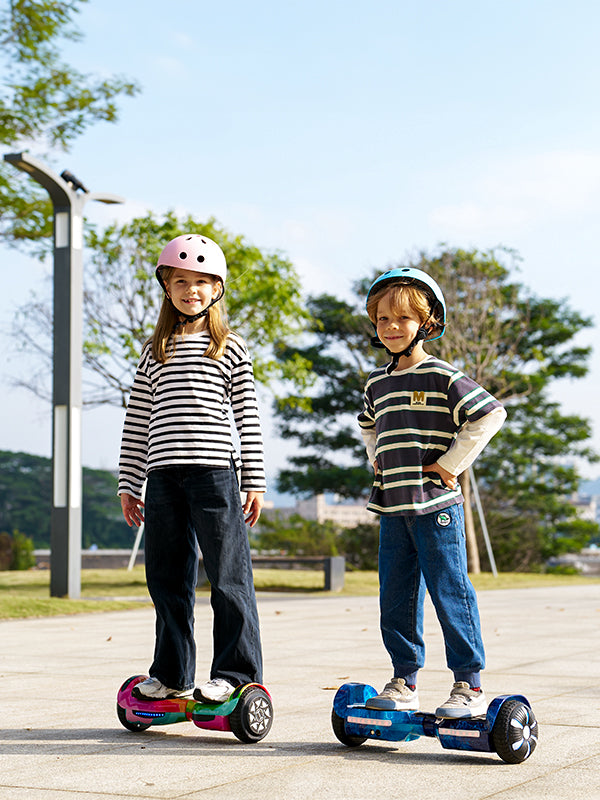




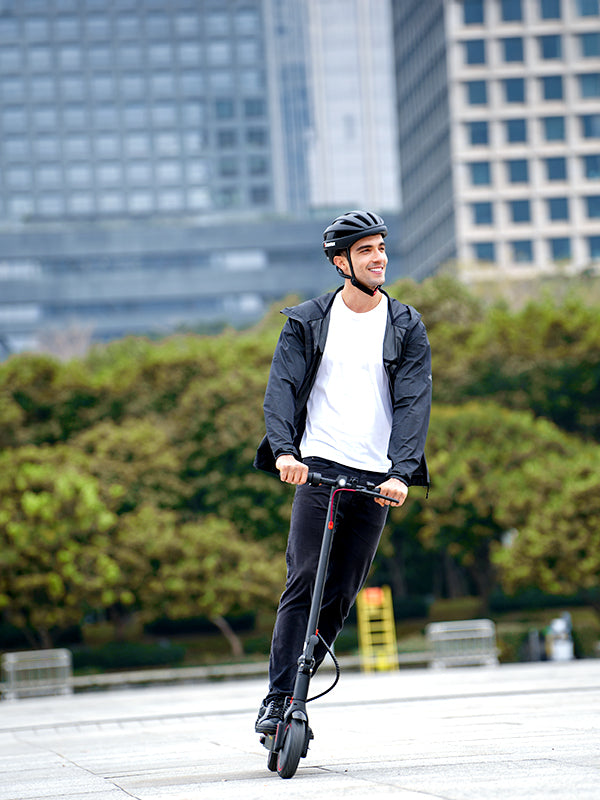


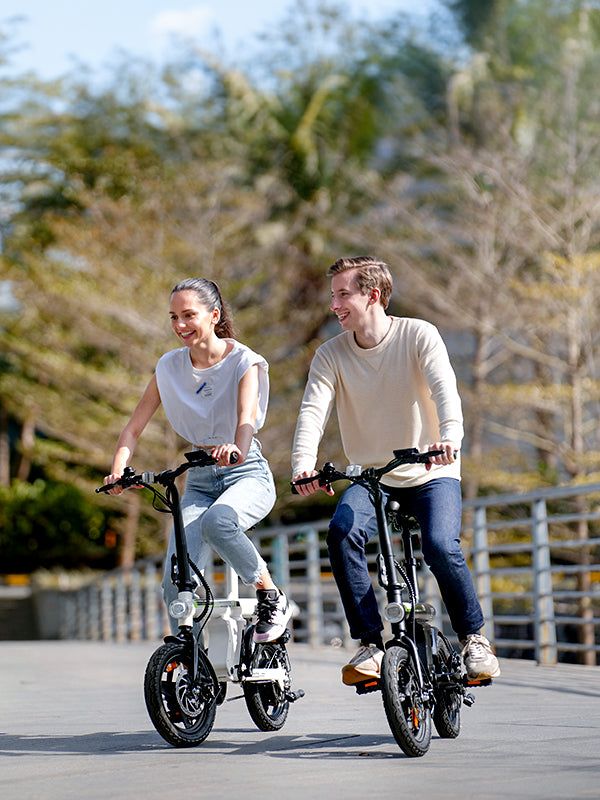

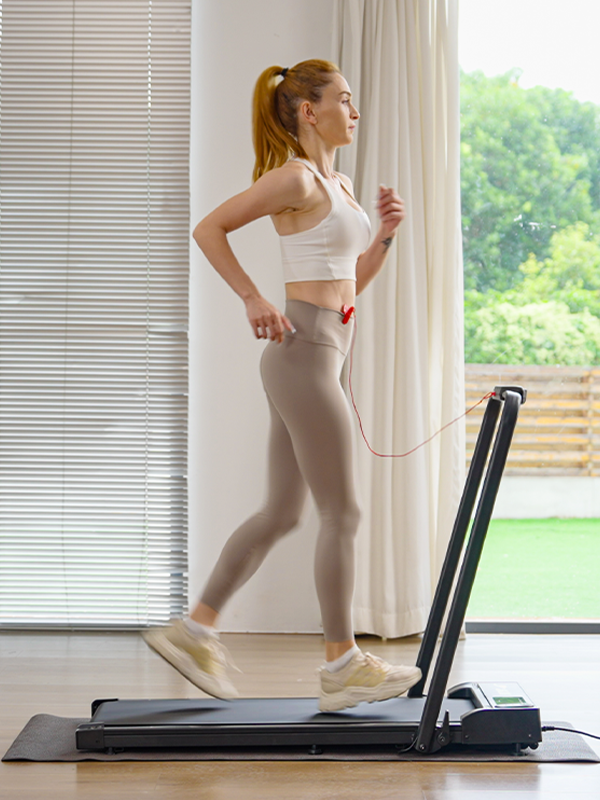





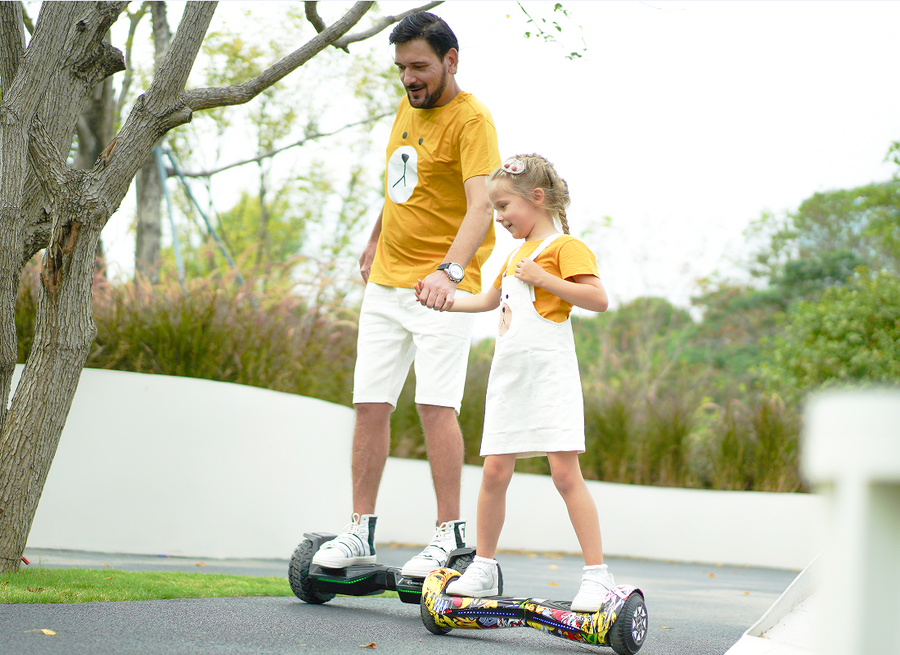
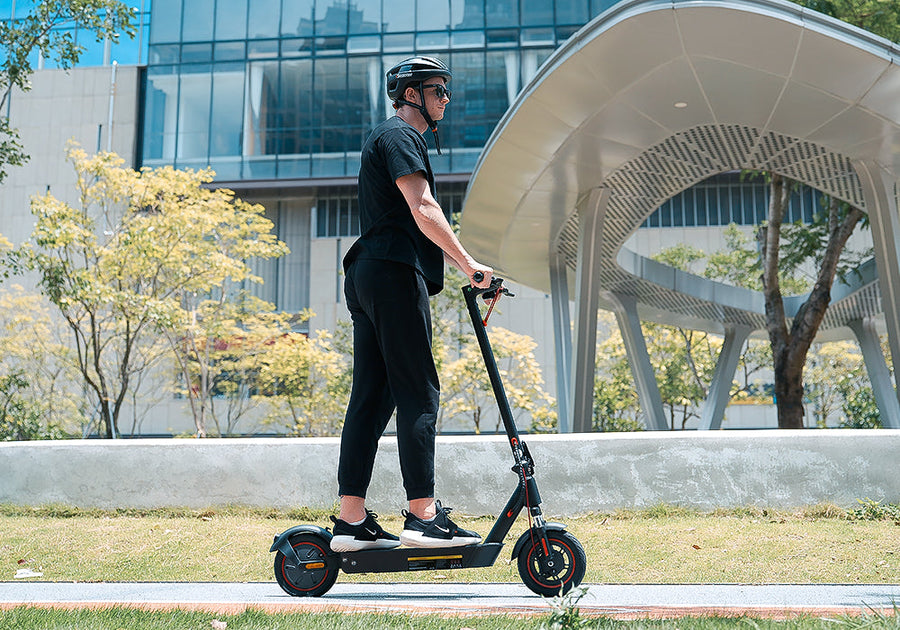

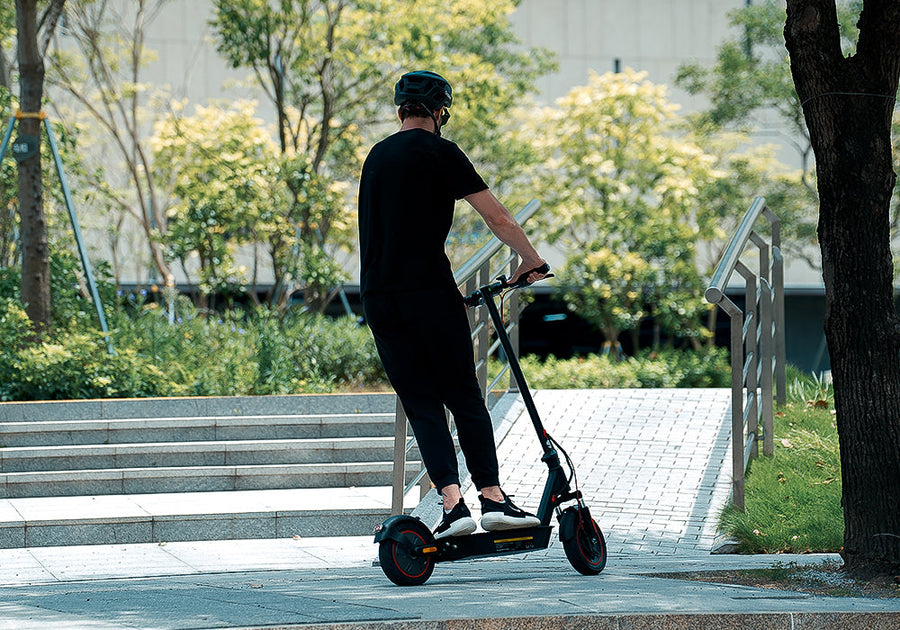


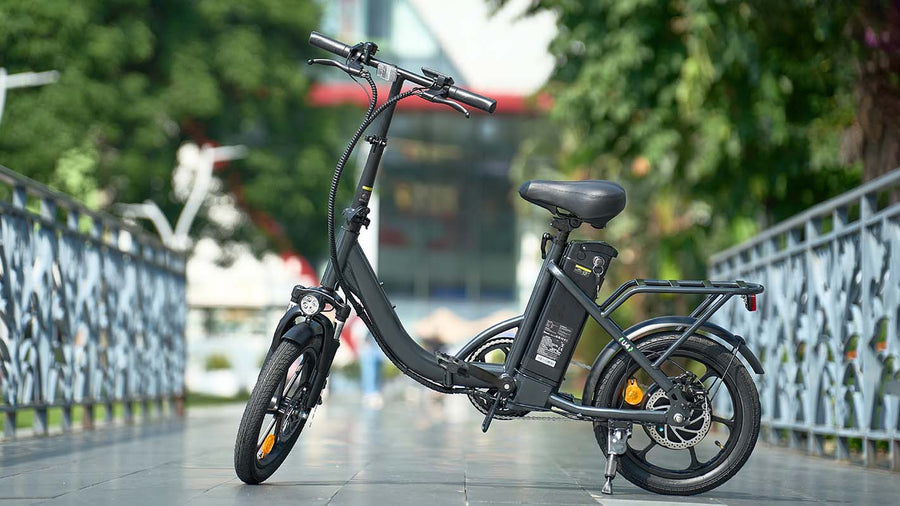

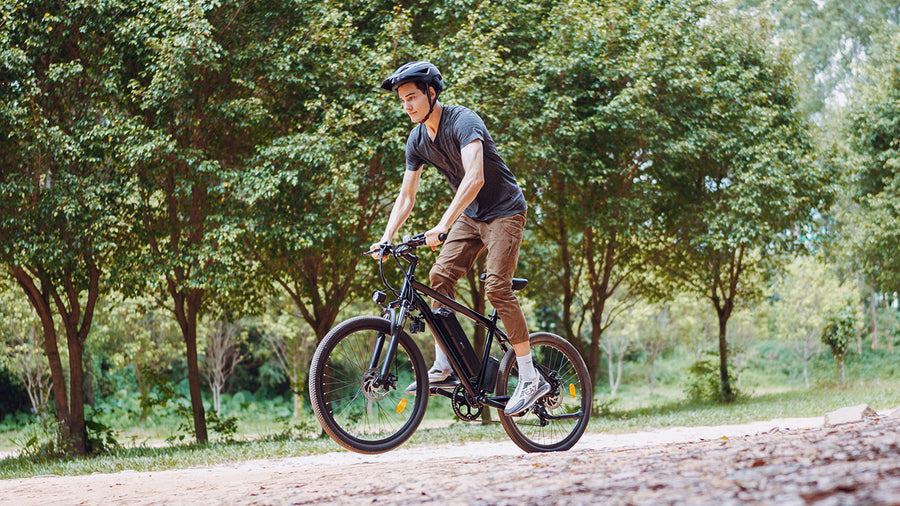







Still, need help? Contact Us: support@ihoverboard.com
What's the option? Check out the option now!
Leave us a message